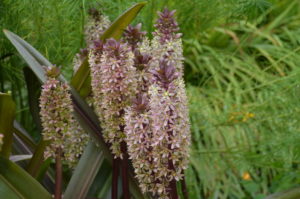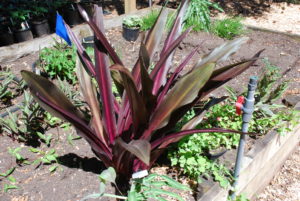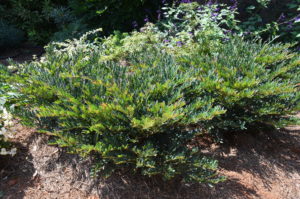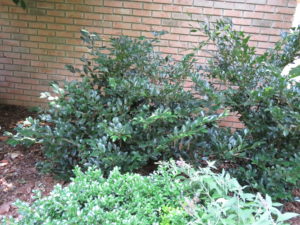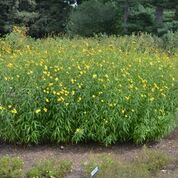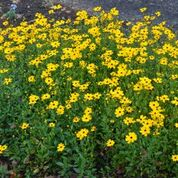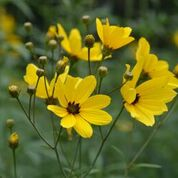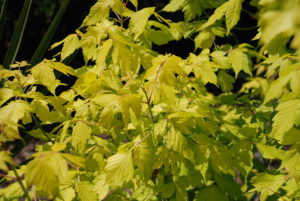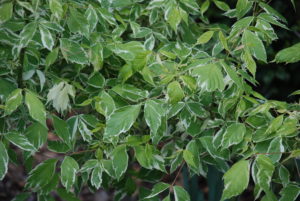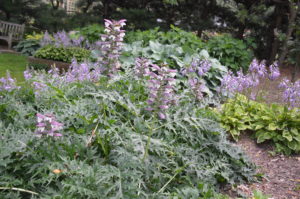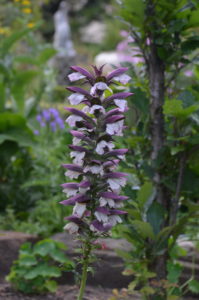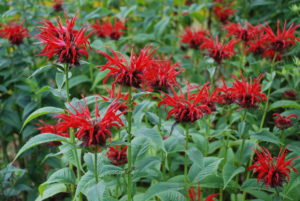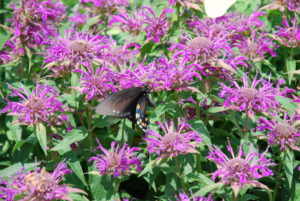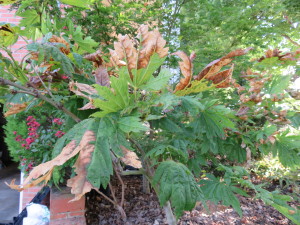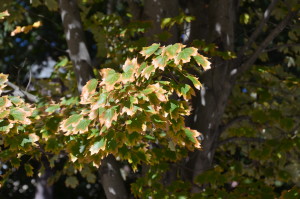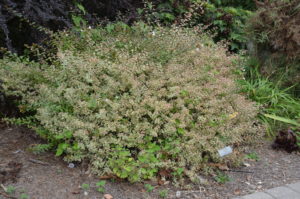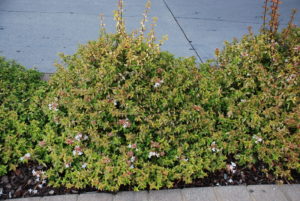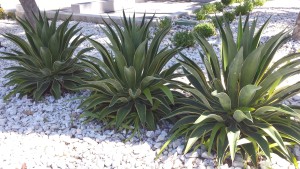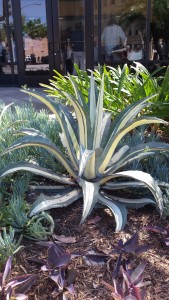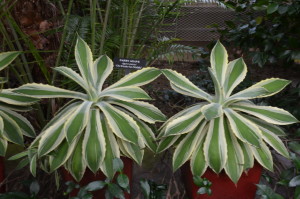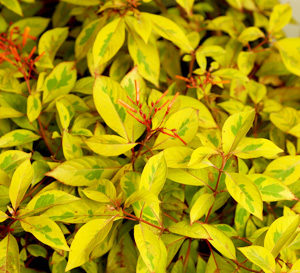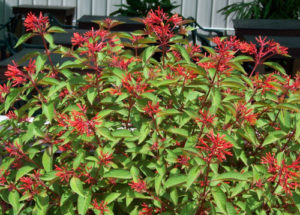Pineapple lilies (Eucomis spp.) are native of South Africa and are easy to grow (USDA hardiness zones 7-10). Several hybrid cultivars are winter hardy in zone 6 if provide a protective layer of mulch or loose leafy compost.
Plants have basal rosette of strap-like, wavy-edged, purple-spotted, dark green leaves which spread upward and outward to 24 inches. Leaf color varies with the cultivar. Emerging from each rosette is a thick purple-spotted flower stalk to 36 inches in height in mid to late summer bearing masses of tiny, starry, greenish-white flowers, also cultivars with dusky purple shades. Their unique flowers are crowned by a tuft of greenish leaf-like bracts.
Grow pineapple lilies in containers or in a garden bed with flowering perennials and annuals. Plant bulbs 6 inches deep in fertile, well-drained garden soil and in full sun. Shade will reduce flowering and bloom stalks are weak and require staking. Space plants 18-36 inches apart depending on the vigor and size of the cultivar. Pineapple lilies perform best if dry during winter dormancy.
In spring or at planting, apply a granular 10-10-10 or equivalent fertilizer or a slow release product such as Osmocote® or Nutrikote®. Keep plants well-watered during their first growing season for optimum flowering.
Plant in a wide container in loose porous soil-less media. Space bulbs 5-6 inches apart for a striking display. Place the top of the bulb is just below soil surface. Keep well-watered during the growing season (April to early October) and feed with a water soluble fertilizer such as Miracle-Gro®, Peters®, or Schultz®.
In colder regions pineapple lilies are ideally grown in containers and over-wintered indoors. Set in a freeze-free place and allow soil to dry out and bulbs to go dormant. Remove withered dead foliage. Begin watering again in late March or April.
Leading Cultivars:
‘Sparkling Burgundy’ – dark burgundy spring foliage that gradually turns olive green, and its burgundy color returns in early fall; smoky pink florets stand on 20- to 30-inch floral stalks crowned by tufts of purple bracts (zone 6b – 10).
‘Oakhurst’ – narrow leaves start off green and gradually develop an intense burgundy-red color; 18- inch tall smoky red floral stalks open pink with tufted top (zone 7 – 11).

